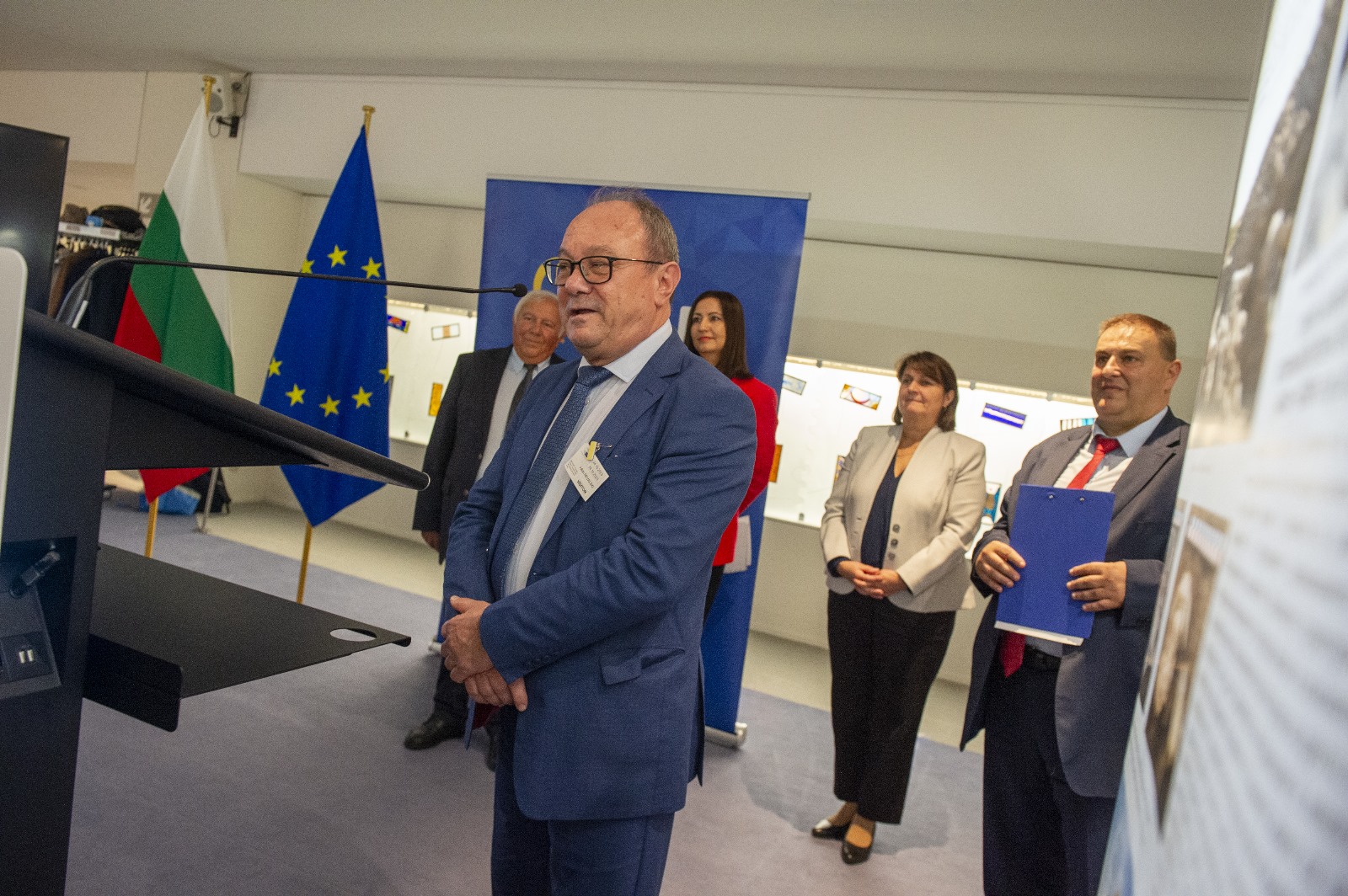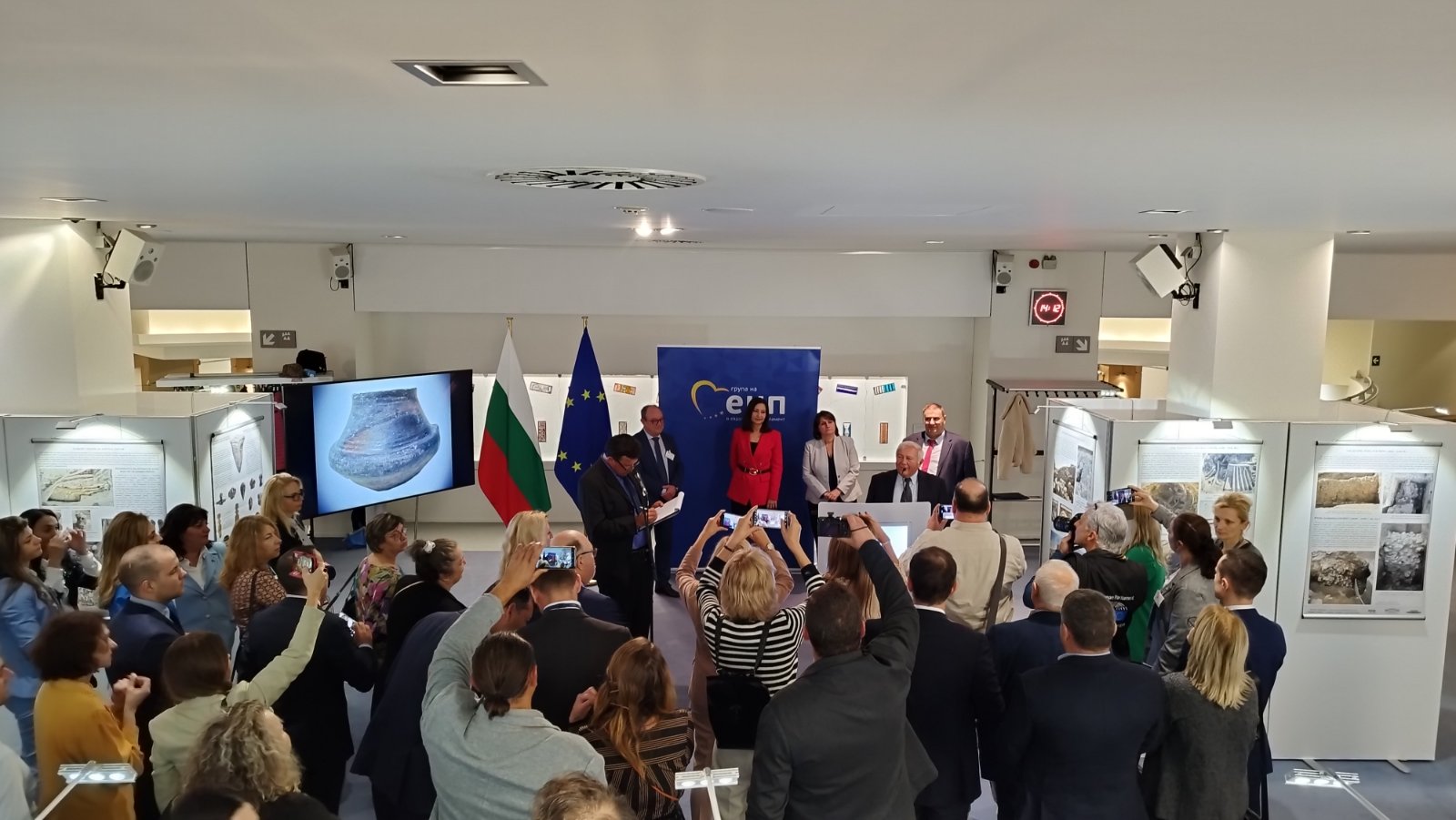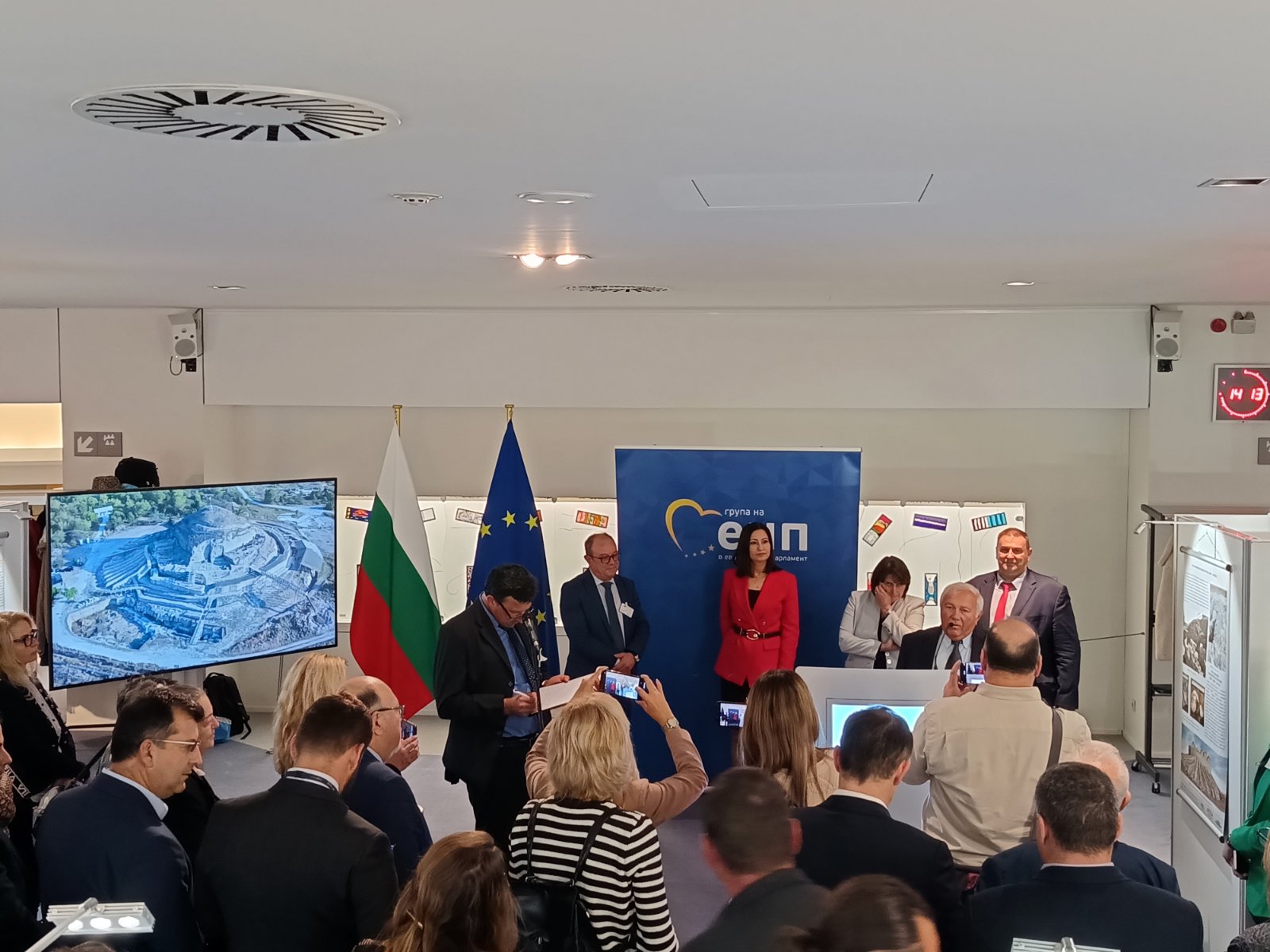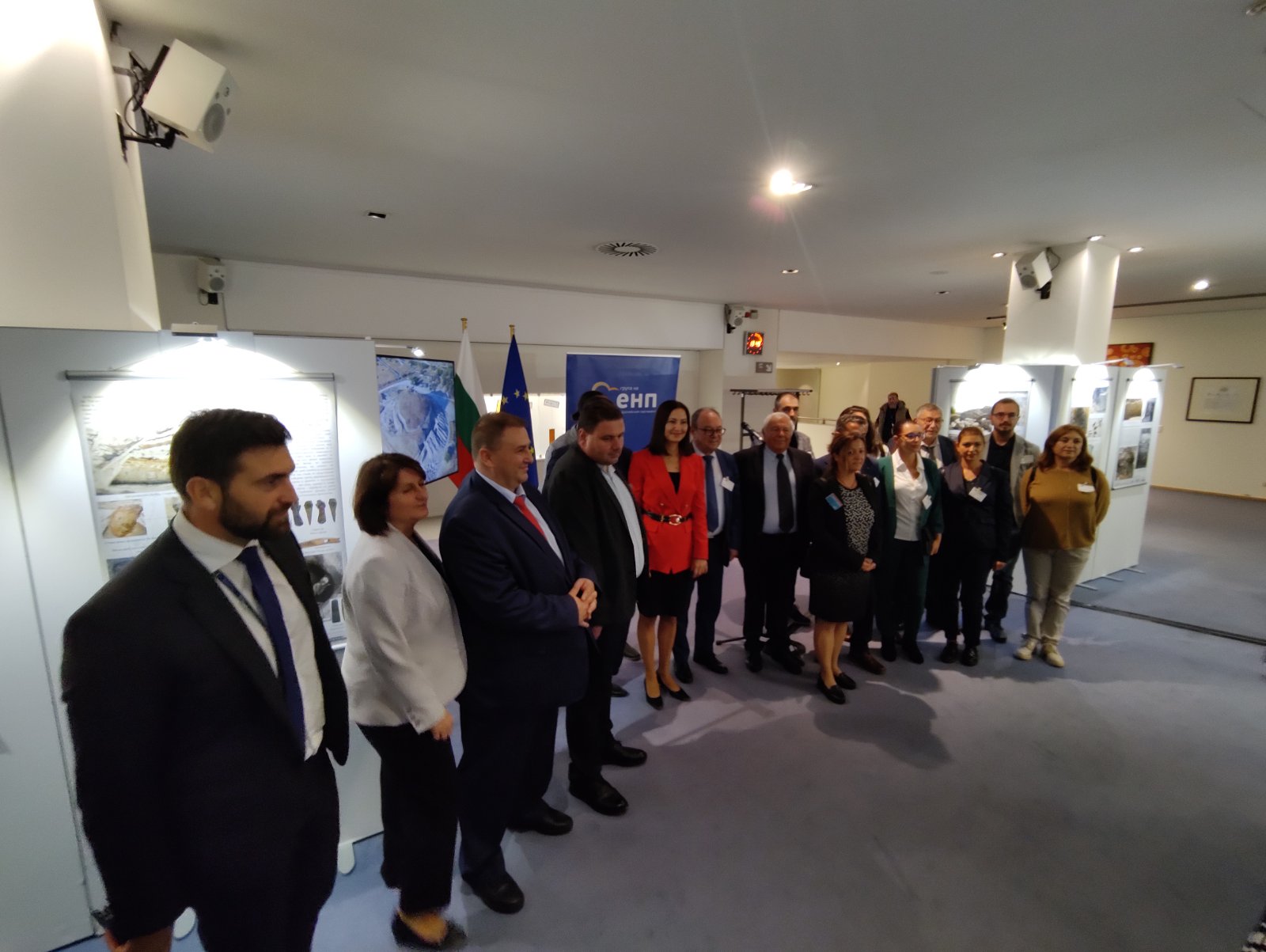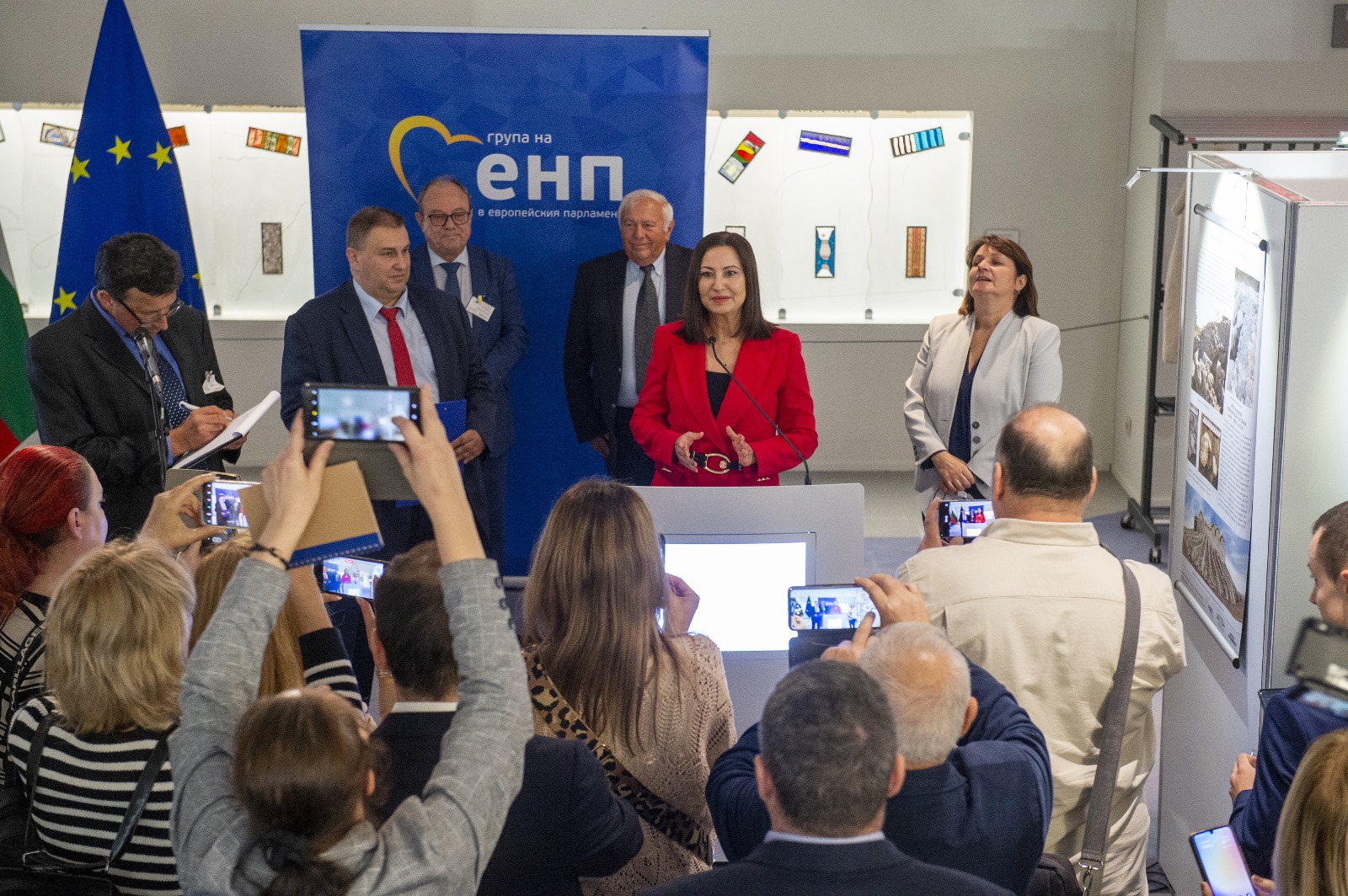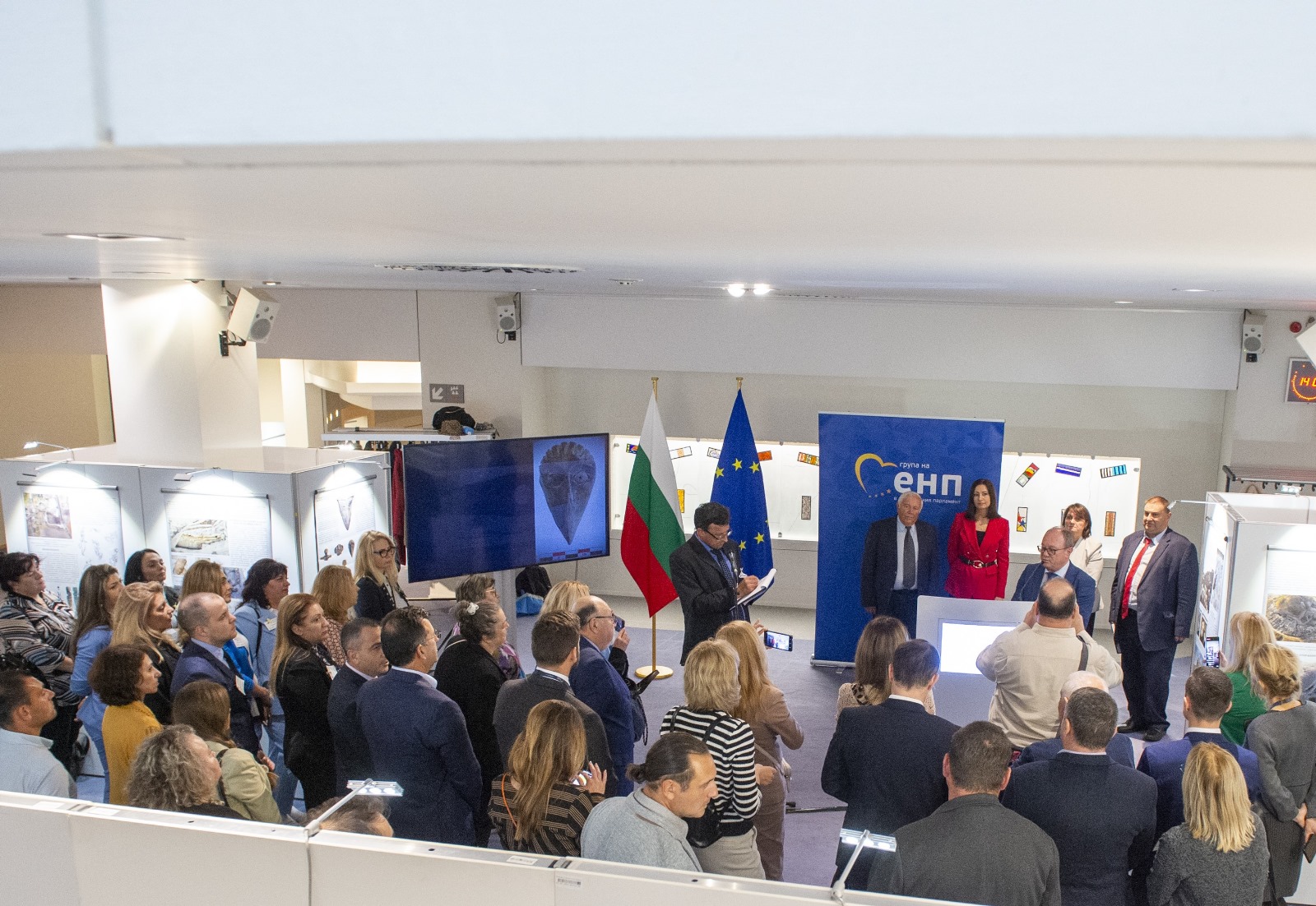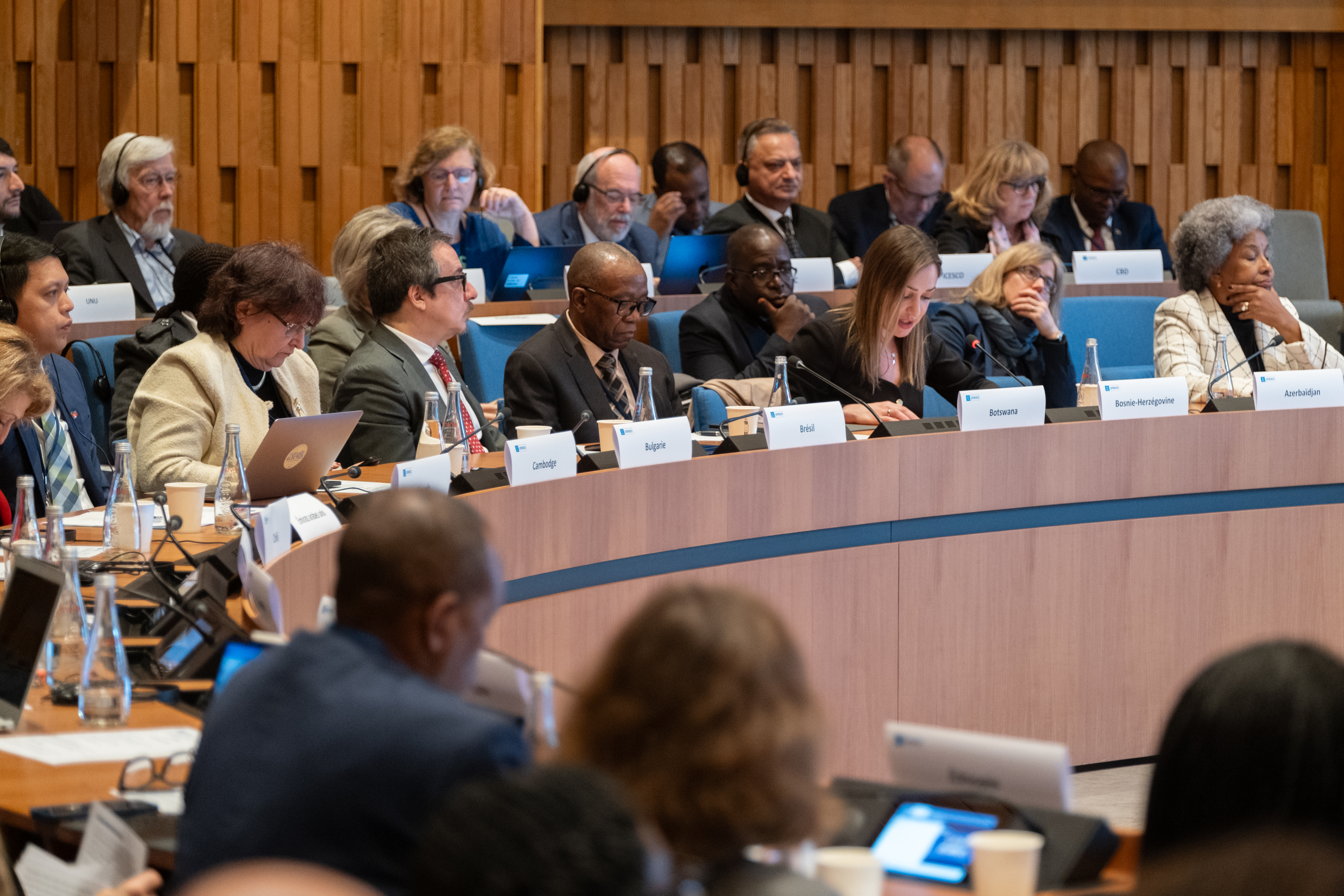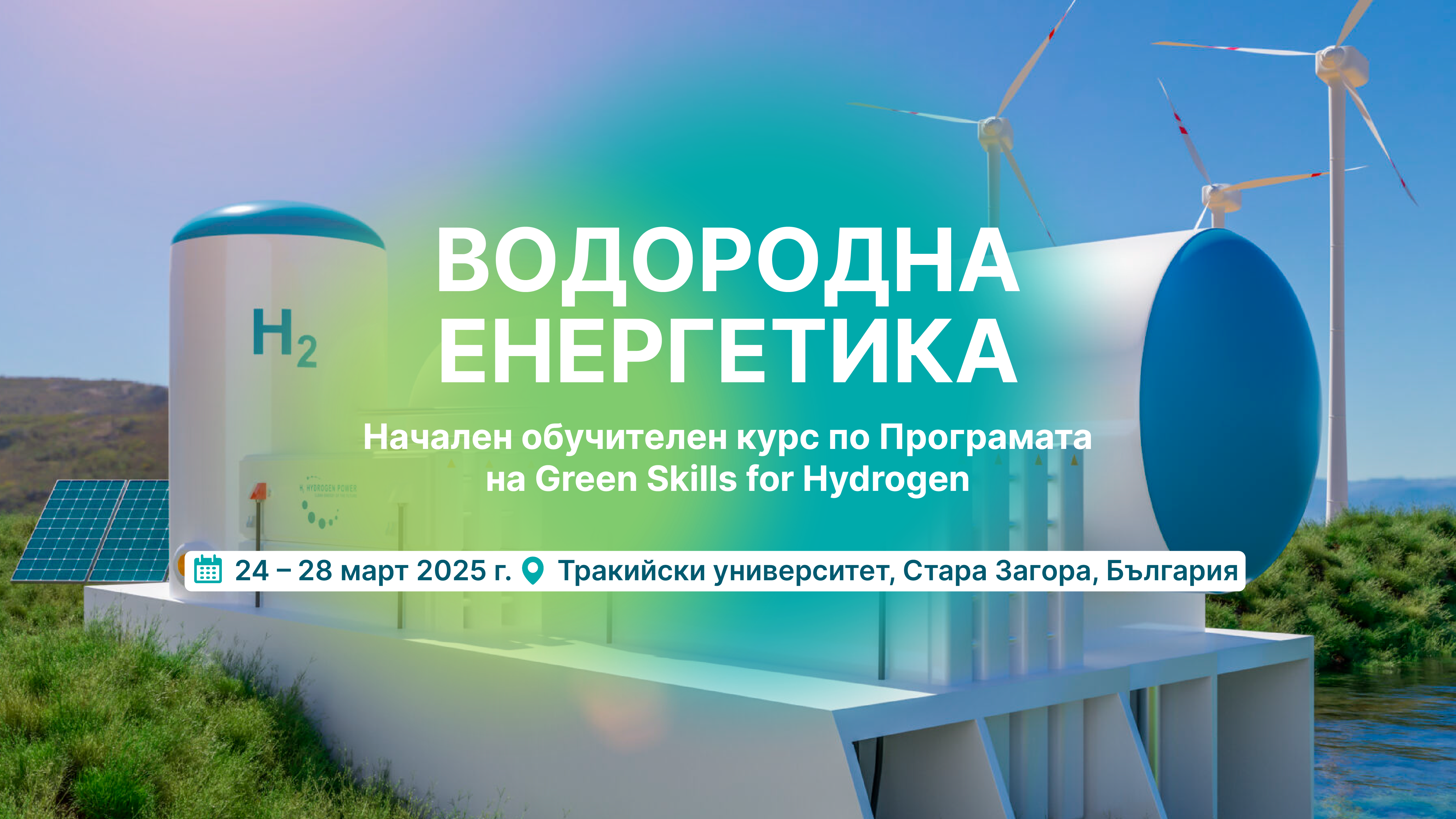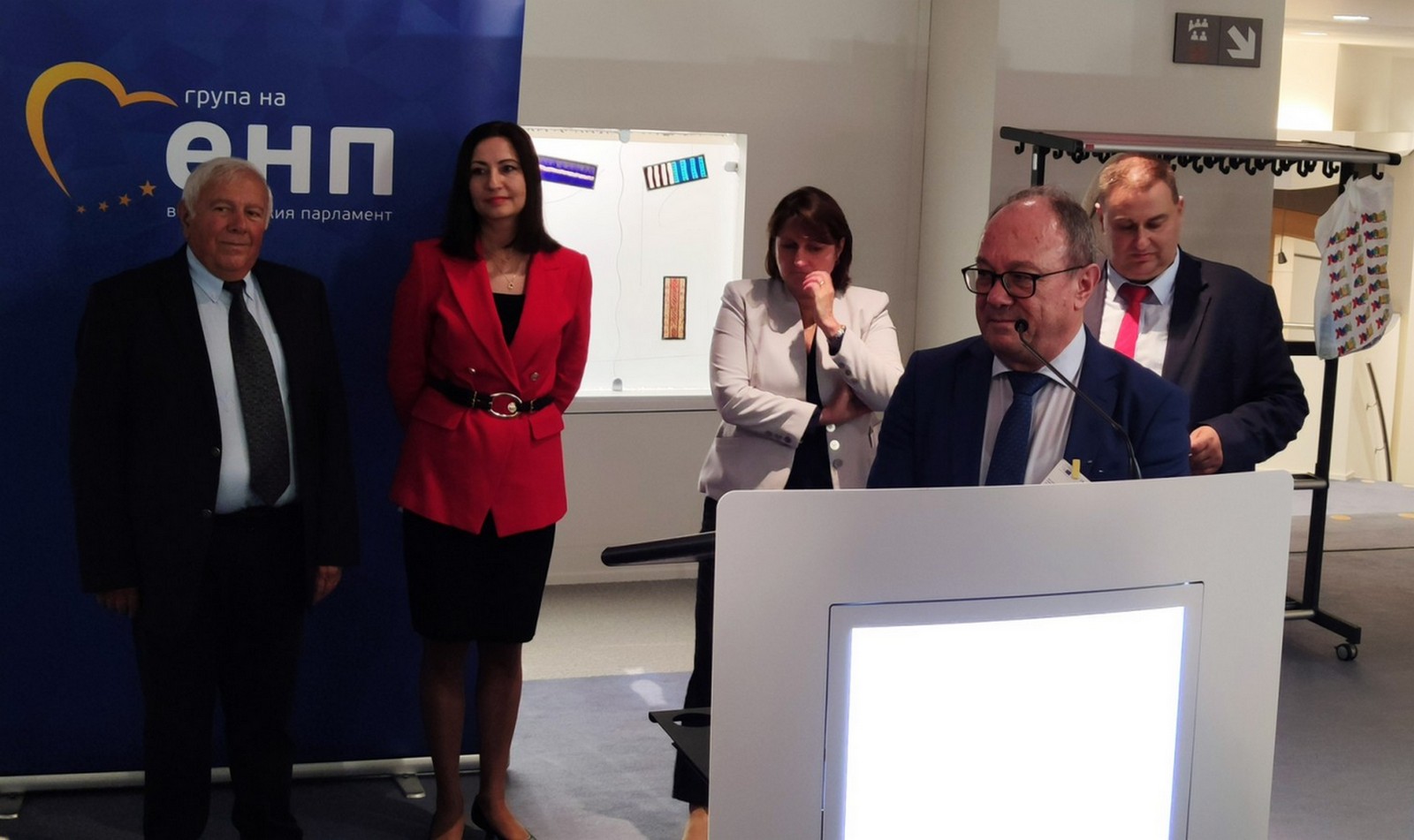 An exhibition dedicated to the prehistoric complex of Provadia-Solnitsata impressed the European Parliament with scientific discoveries about human life at the dawn of European civilization. The exposition is organized with the assistance of the Bulgarian MEP from EPP/GERB Emil Radev and in partnership with the archaeological team under the leadership of Acad. Vassil Nikolov, the National Archaeological Institute and Museum of BAS and the Historical Museum in Provadia.
An exhibition dedicated to the prehistoric complex of Provadia-Solnitsata impressed the European Parliament with scientific discoveries about human life at the dawn of European civilization. The exposition is organized with the assistance of the Bulgarian MEP from EPP/GERB Emil Radev and in partnership with the archaeological team under the leadership of Acad. Vassil Nikolov, the National Archaeological Institute and Museum of BAS and the Historical Museum in Provadia.
At the opening of the exhibition greetings were given by the host of the event Emil Radev, the Bulgarian EU Commissioner Iliana Ivanova, the Vice-Chair of the EP Committee on Culture and Education Michaela Šojdrová. Especially for the exhibition arrived the President of the Bulgarian Academy of Sciences Prof. Julian Revalski, Member of BAS. Among the dignitaries were also MEPs, the deputy director of the National Archaeological Institute and Museum of BAS Assoc. Prof. Dr. Stefan Alexandrov, the director of the Historical Museum in Provadia Nikolay Hristov as well as the entire archaeological team which since 2005 has been carrying out field studies of the prehistoric complex.
“Rediscover Bulgaria!”, the exhibition’s organizer Emil Radev urged in his address to the attendees. “Provadia-Solnitsata is not just a trace of the prehistoric past of Bulgaria and Europe but an archaeological site with a present and a future. And if today we are opening a poster exhibition, then the finds from the prehistoric complex deserve to be displayed in the largest museums in the world. Sites like Provadia-Solnitsa contribute to turn Bulgaria from a little-known into a well-known tourist destination”, Emil Radev commented. He congratulated the archaeological team for their efforts to promote and socialize the Salt mine and invited the guests to visit it in person. “Welcome to Provadia! The whole Varna region and Bulgaria abound with sights!”, Radev stressed.
“Together we must ensure that these cultural values are preserved so that future generations can learn and be inspired by the stories they tell. As European Commissioner responsible for culture, I am determined to mobilise all available means and tools to preserve Europe’s cultural heritage, including the cultural assets discovered in Provadia-Solnitsata. I am convinced that with the help of the new European Programme for Culture we will take another step towards this common goal and I count on the full support of both the European Parliament and the Member States”, said Bulgarian Commissioner Iliana Ivanova to the MEPs and guests present at the exhibition.
“History paints a picture of our common evolution. Through it, we understand how the events of the past have shaped today’s societies, and the more we know about each other, the stronger the EU will be”, underlined in her address Michaela Michaela Šojdrová, Vice-Chair of the EP Committee on Culture and Education.
“For me and for the colleagues who organised the exhibition, it is more important to see here – in the heart of Europe – where the roots of European civilisation are. They are in Bulgarian lands, they date back to this distant period and show that our history is common, Bulgaria is part of Europe,” said in turn the President of BAS Prof. Julian Revalski.
“Salt is everywhere for modern man but it was not so in ancient times. In antiquity there was only one deposit – at Provadia-Solnitsata. That is why these people were the richest in Europe in the fifth millennium BC. The economic life of a vast region depended on them. Provadia-Solnitsata can be appreciated even now as an extremely attractive monument, as a jewel in the crown of the first European civilization,” said the head of the archaeological team, Acad. Vassil Nikolov.
At the opening of the exhibition, he presented the exposition which tells about the technology used in prehistory for the extraction of salt – the strategic raw material that turned the Salt Mine into the first “mint” and the most ancient urban center of Europe. The exhibition “Provadia-Solnitsata – the most ancient salt-mining and urban centre in Europe (5600-4350 BC)” gives an insight into the prehistoric settlement defended by the first stone fortresses in Europe – a remarkable achievement of military theory and the art of construction, as well as impressive evidence of the trade links and social hierarchy in the region of the lower course of Provadia River and Varna Lakes from 5600 to 4350 BC.


